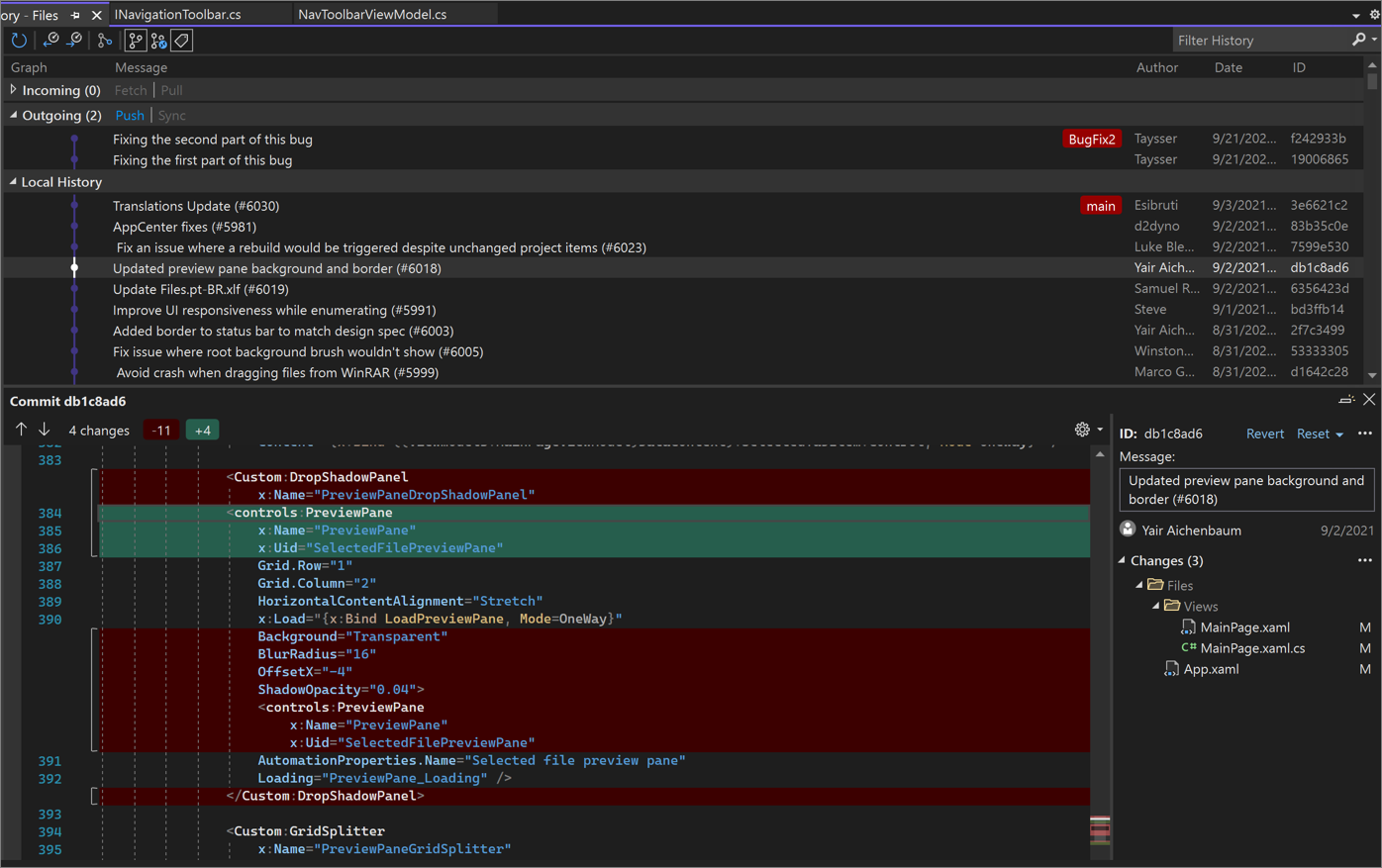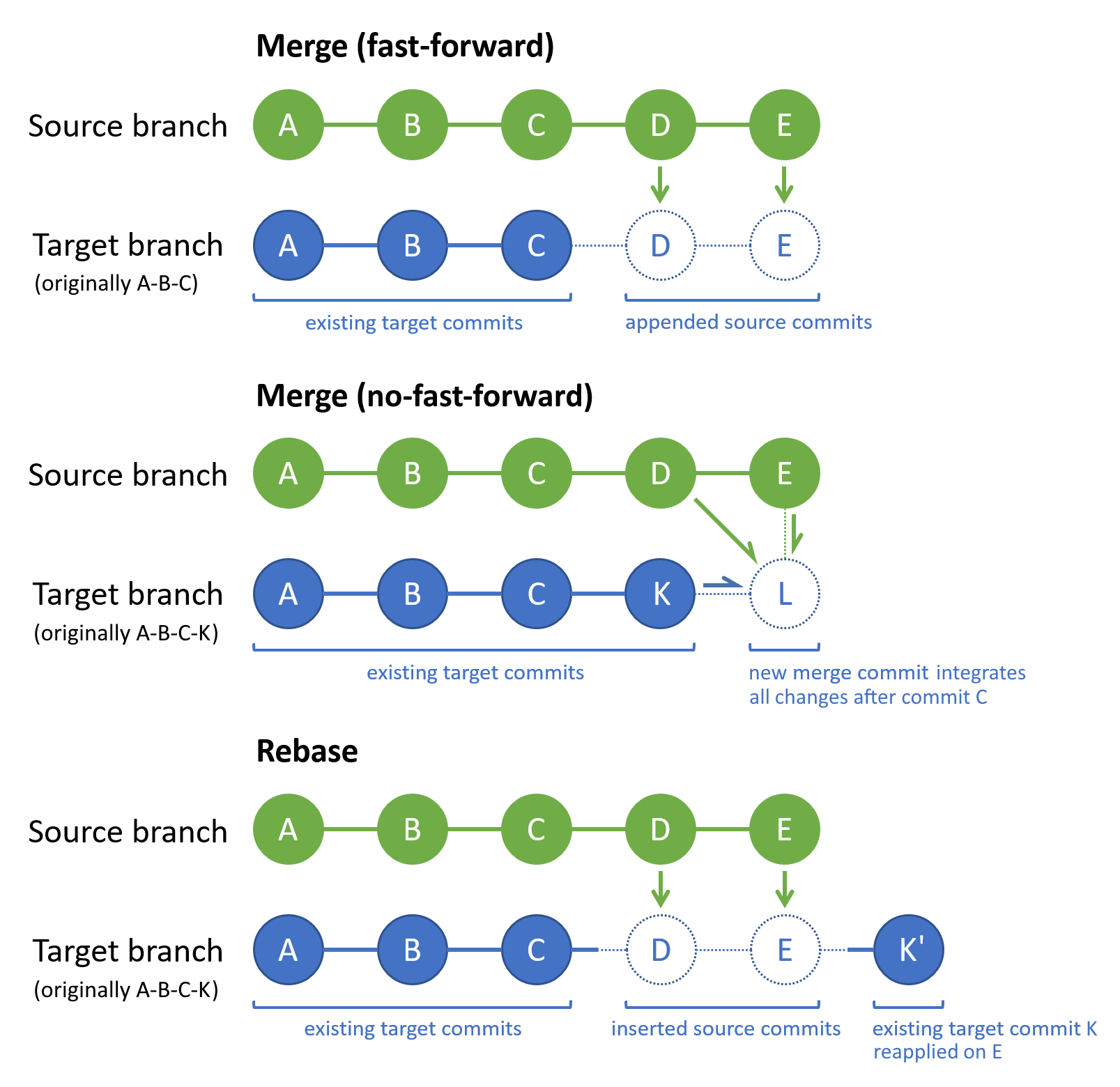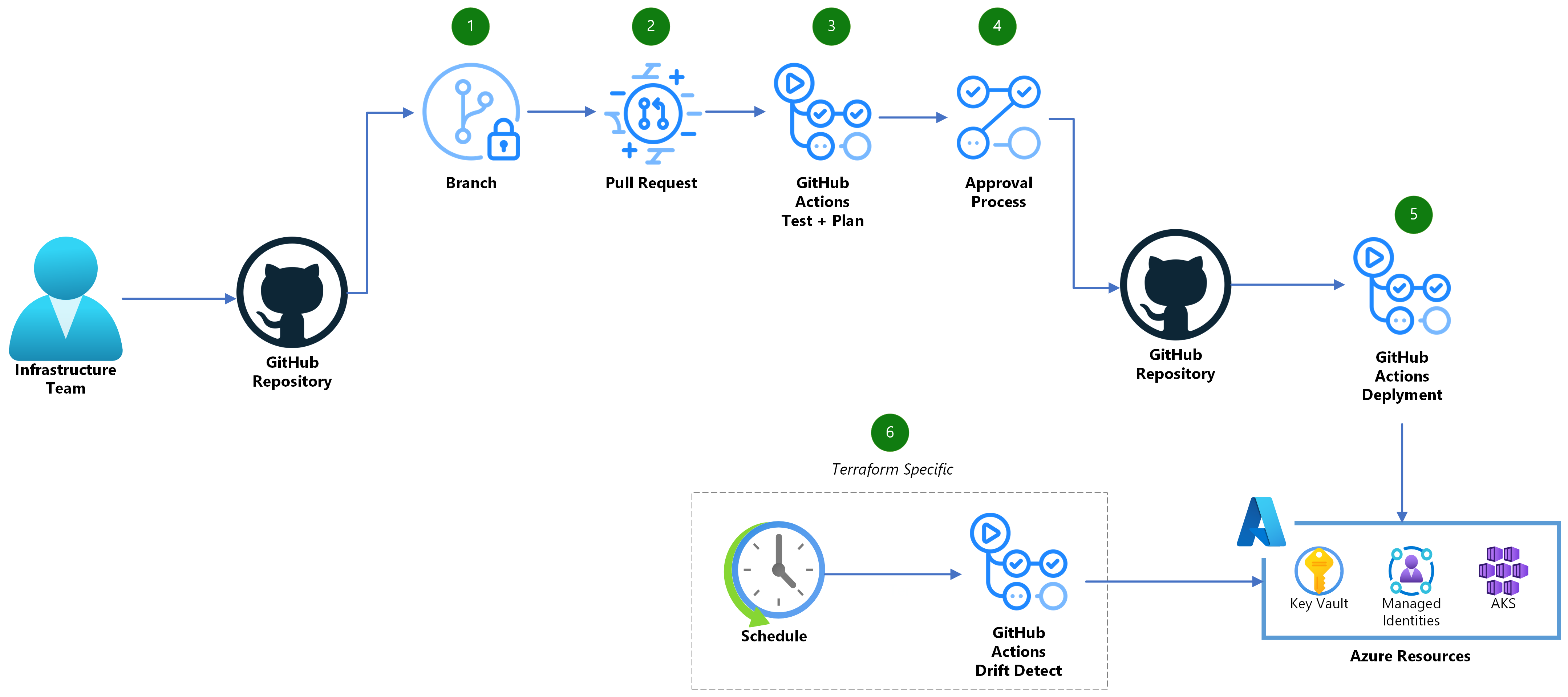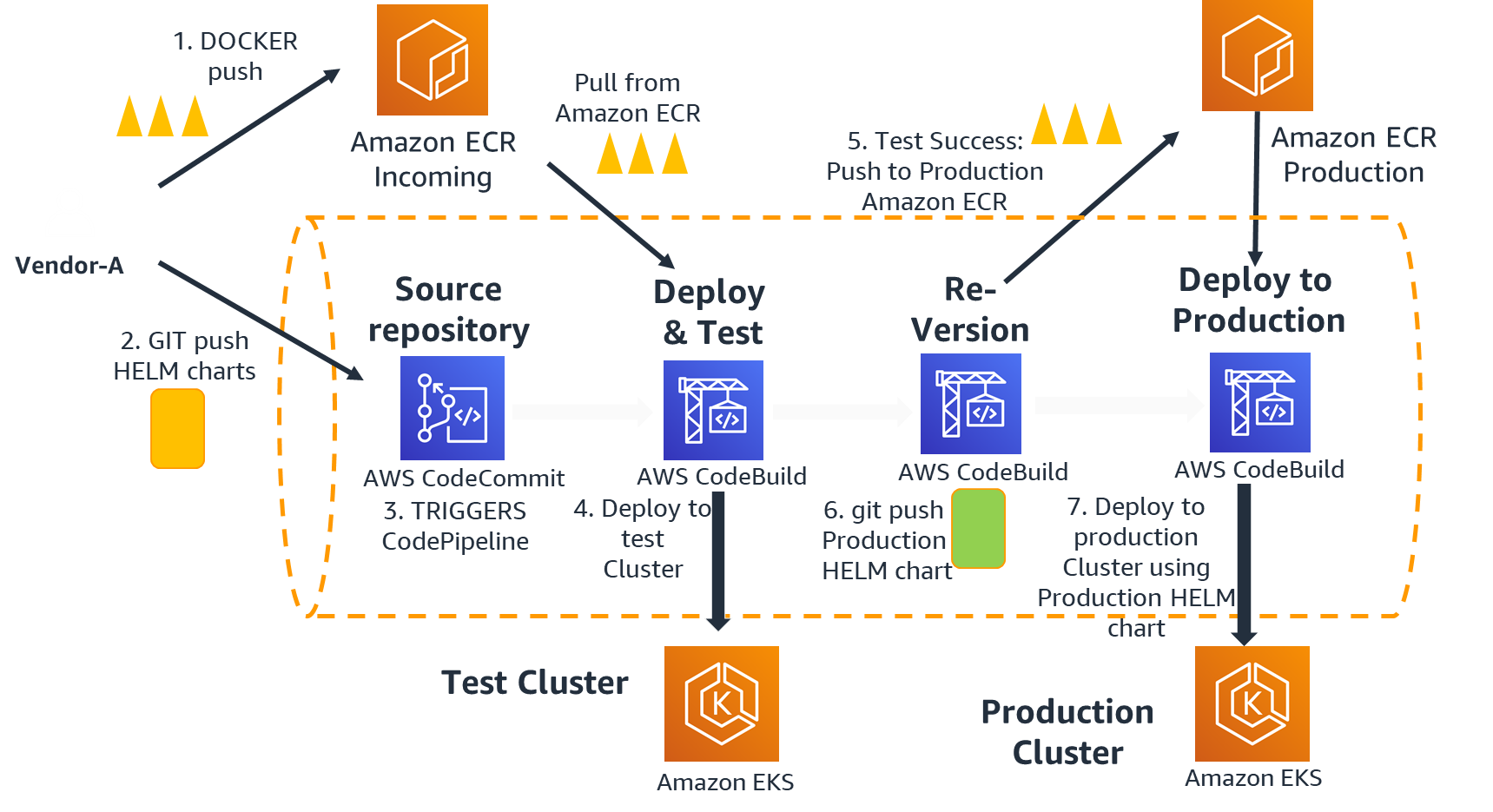In the fast-paced world of software development, implementing GitOps best practices is crucial for achieving successful deployments.
Separate your repositories
Separating your repositories also helps in **maintaining a single source of truth** for each component, reducing the risk of errors and conflicts. This practice aligns well with the principles of **infrastructure as code** and **DevOps**, promoting **consistency** and **reliability** in your deployment process. By keeping your repositories separate, you can also **easily track changes** and **audit trails**, ensuring **transparency** and **accountability** throughout the deployment lifecycle.
Trunk-based development

When implementing GitOps best practices for successful deployments, it is crucial to adopt trunk-based development as it promotes a continuous integration and deployment (CI/CD) pipeline. This allows for automated testing, building, and deployment of applications, leading to faster and more reliable releases. Additionally, trunk-based development aligns with the principles of DevOps, emphasizing collaboration, automation, and continuous improvement.
Pay attention to policies and security
When implementing **GitOps** for successful deployments, it is crucial to pay close attention to **policies** and **security** measures. Ensuring that these aspects are properly in place can help prevent security breaches and maintain compliance with regulations. By carefully defining policies and security protocols, you can create a more secure and reliable deployment environment.
In addition, establishing clear **governance** around your deployment process can help streamline workflows and ensure that all team members are on the same page. This can include defining roles and responsibilities, setting up approval processes, and implementing monitoring and auditing tools to track changes and ensure accountability.
By focusing on policies and security in your GitOps practices, you can minimize risks and complexities in your deployment process, ultimately leading to more successful and reliable deployments.
Versioned and immutable

Versioned and immutable infrastructure configurations are essential components of successful deployments. By using Git for version control, you can track changes, revert to previous states, and maintain a clear audit trail. This ensures that your deployment environment is consistent and reliable, reducing the risk of errors and improving overall governance.
Using GitOps practices, you can easily manage infrastructure as code, making it easier to collaborate with team members and automate deployment processes. By treating infrastructure configurations as code, you can apply software development best practices to your deployment pipeline, resulting in more efficient and reliable deployments.
By leveraging the power of Git, you can ensure that your deployment environment is always in a known state, with changes tracked and managed effectively. This approach promotes a culture of transparency and accountability, making it easier to troubleshoot issues and maintain a single source of truth for your infrastructure configurations.
Automatic pulls
Automatic pulls are a key component of GitOps best practices for successful deployments. By setting up automated processes for pulling code changes from your repository, you can ensure that your deployments are always up-to-date without manual intervention. This not only streamlines the deployment process but also reduces the risk of human error. Incorporating automatic pulls into your workflow can help you stay agile and responsive in the fast-paced world of software development.
Streamline your operations by leveraging automation to keep your deployments running smoothly and efficiently.
Continuous reconciliation
Continuous reconciliation also plays a crucial role in improving the overall security of the deployment process. By monitoring for any unauthorized changes or deviations from the specified configuration, organizations can quickly detect and respond to potential security threats. This proactive approach helps to minimize the risk of security breaches and ensure that the deployed applications are always running in a secure environment.
IaC

Automate the deployment process through **continuous integration** pipelines, ensuring seamless and consistent updates to your infrastructure. Leverage tools like **Kubernetes** for container orchestration to streamline application deployment and scaling.
Implement **best practices** for version control to maintain a reliable and efficient deployment workflow. Regularly audit and monitor changes to ensure the stability and security of your infrastructure.
PRs and MRs
When it comes to successful deployments in GitOps, **PRs** and **MRs** play a crucial role. Pull Requests (**PRs**) allow developers to collaborate on code changes before merging them into the main branch, ensuring quality and consistency. Merge Requests (**MRs**) are used similarly in GitLab for code review and approval. It is essential to have a clear process in place for creating, reviewing, and approving **PRs** and **MRs** to maintain code integrity.
Regularly reviewing and approving **PRs** and **MRs** can help catch errors early on, preventing them from reaching production. Additionally, providing constructive feedback during the code review process can help improve the overall quality of the codebase.
CI/CD

When it comes to successful deployments in GitOps, **CI/CD** is a crucial component. Continuous Integration (**CI**) ensures that code changes are automatically tested and integrated into the main codebase, while Continuous Deployment (**CD**) automates the release process to various environments. By implementing CI/CD pipelines, developers can streamline the software delivery process and catch bugs early on, leading to more reliable deployments.
Incorporating **CI/CD** into your GitOps workflow allows for faster iteration and deployment cycles, enabling teams to deliver new features and updates more frequently. By automating testing and deployment tasks, teams can focus on writing code and adding value to the product. Additionally, CI/CD pipelines provide visibility into the deployment process, making it easier to track changes and identify issues.
Start with a GitOps culture
Start with a GitOps culture to ensure streamlined and efficient deployments. Embrace the philosophy of managing infrastructure as code, using tools like Kubernetes and Docker. Implement best practices such as version control with Git, YAML for configurations, and continuous integration/continuous deployment (CI/CD) pipelines.
By adopting GitOps, you can enhance reliability, scalability, and usability in your software development process. Red Hat provides excellent resources for training in this methodology. Take the initiative to learn Linux training to fully leverage the benefits of GitOps in your organization.
Automate deployments
Implementing GitOps best practices allows for a more efficient and scalable deployment workflow, reducing the risk of errors and increasing overall productivity. Take advantage of automation tools like Argo CD to automate the deployment process and ensure that your infrastructure is always up-to-date. Embrace GitOps as a methodology to improve visibility, reliability, and manageability in your deployment pipeline.



